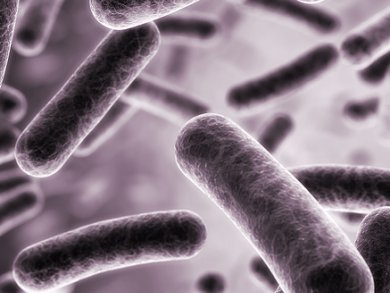Microalgae monocultures are a promising feedstock for biofuels even though production costs are still very high. The main obstacle is the maintenance of these monocultures because they are often affected by contamination and collapse. Higher growth rates have been reported for several cocultures of symbiotic microalgae and cyanobacteria. The mechanism of interaction between microalgae and cyanabacteria is largely unknown. However, one known issue in dense microalgal/cyanobacterial cocultures is that light is not able to penetrate inside the cocultures owing to mutual shading by the cells and thereby the growth of these photoautotrophic organisms is impaired. Some species overcome this limitation by utilizing organic carbon for heterotrophic growth under poor light conditions instead.
Guitierrez-Wing and colleagues, Louisiana State University, Baton Rouge, USA, tested a microalgae/cyanobacterial coculture isolated from a lake in Louisiana for its ability to utilize organic carbon sources in heterotrophic (no light) and mixotrophic (some light) regimes. The coculture showed higher biomass productivity and lipid productivity under mixotrophic growth supplemented with dextrose or sodium acetate compared to the autotrophic control. Cocultures supplemented with sodium acetate (C:N ratio 15:1) showed the highest mean biomass productivity.
This ability of the coculture to use readily available agroindustrial coproducts as organic carbon sources for biomass and lipid production makes it a viable feedstock for biofuels and other bioproducts.
- Effect of organic carbon, C:N ratio and light on the growth and lipid productivity of microalgae/cyanobacteria coculture,
Athens Silaban, Rong Bai, M. Teresa Gutierrez-Wing, Ioan I. Negulescu, Kelly A. Rusch,
Eng. Life Sci. 2013.
DOI: 10.1002/elsc.201200219




